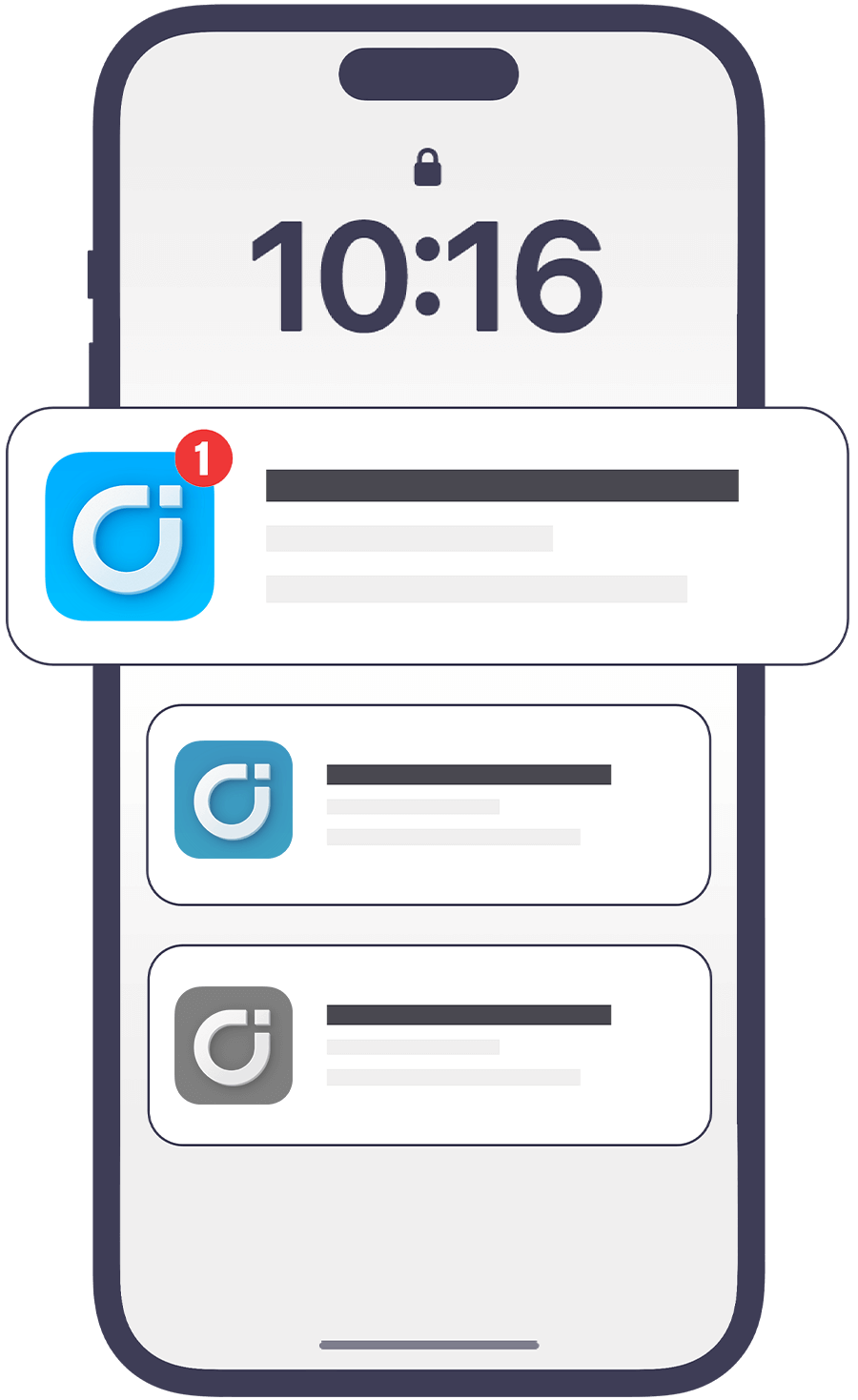Durante il processo in corso contro Nokia, Apple ha deciso di denunciare HTC per la violazione di 20 brevetti relativi all’interfaccia utente dell’iPhone, all’architettura di base e l’hardware e, di conseguenza, attuare una politica dura verso coloro che rubano o cercano di imitare eccessivamente le loro idee.
La causa è stata presentata in concomitanza sia presso l’U.S. International Trade Commission (ITC) e presso la Corte Distrattuale del Delaware U.S.
Steve Jobs ha affermato chiaramente:
“Siamo in grado di sedersi a guardare i concorrenti rubare le nostre invenzioni brevettate, oppure possiamo fare qualcosa. Abbiamo deciso di fare qualcosa. Pensiamo che la concorrenza sia sana, ma i concorrenti devono creare la propria tecnologia originale, non rubare la nostra”.
Non appena ci saranno novità vi informeremo con un nuovo articolo
[AGGIORNAMENTO]: HTC, sotto richiesta di iLounge, ha risposto alla denuncia di Apple:
“HTC ha saputo solo delle azioni di Apple solo questa mattina tramite i media, e quindi non abbiamo ancora avuto l’occasione di indagare”, afferma un dirigente HTC, “Fino a quando abbiamo avuto questa opportunità, non siamo in grado di pronunciarci sulla validità delle affermazioni in corso contro HTC”.
Il rappresentante ha anche detto che l’azienda è impegnata a difendere le sue novità tecnologiche proprie e brevettate, aggiungendo che “HTC è una marca innovativa nel campo della tecnologia mobile ed è titolare del brevetto che è stato usato come spunto negli ultimi 13 anni per la creazione di molti degli smartphone più innovativi”.
[AGGIORNAMENTO X2]: Ecco l’elenco di alcuni brevetti che HTC avrebbe violato:
- The ‘331 Patent, entitled “Time-Based, Non-Constant Translation Of User Interface Objects Between States,” was duly and legally issued on April 22, 2008 by the United States Patent and Trademark Office.
- The ‘949 Patent, entitled “Touch Screen Device, Method, And Graphical User Interface For Determining Commands By Applying Heuristics,” was duly and legally issued on January 20, 2009 by the United States Patent and Trademark Office. A copy of the ‘949 Patent is attached hereto as Exhibit B.
- The ‘849 Patent, entitled “Unlocking A Device By Performing Gestures On An Unlock Image,” was duly and legally issued on February 2, 2010 by the United States Patent and Trademark Office. A copy of the ‘849 Patent is attached hereto as Exhibit C.
- The ‘381 Patent, entitled “List Scrolling And Document Translation, Scaling, And Rotation On A Touch-Screen Display,” was duly and legally issued on December 23, 2008 by the United States Patent and Trademark Office. A copy of the ‘381 Patent is attached hereto as Exhibit D.
- The ‘726 Patent, entitled “System And Method For Managing Power Conditions Within A Digital Camera Device,” was duly and legally issued on July 6, 1999 by the United States Patent and Trademark Office. A copy of the ‘726 Patent is attached hereto as Exhibit E.
- The ‘076 Patent, entitled “Automated Response To And Sensing Of User Activity In Portable Devices,” was duly and legally issued on December 15, 2009 by the United States Patent and Trademark Office. A copy of the ‘076 Patent is attached hereto as Exhibit F.
- The ‘105 Patent, entitled “GMSK Signal Processors For Improved Communications Capacity And Quality,” was duly and legally issued on December 8, 1998 by the United States Patent and Trademark Office. A copy of the ‘105 Patent is attached hereto as Exhibit G.
- The ‘453 Patent, entitled “Conserving Power By Reducing Voltage Supplied To An Instruction-Processing Portion Of A Processor,” was duly and legally issued on June 3, 2008 by the United States Patent and Trademark Office. A copy of the ‘453 Patent is attached hereto as Exhibit H.
- The ‘599 Patent, entitled “Object-Oriented Graphic System,” was duly and legally issued on October 3, 1995 by the United States Patent and Trademark Office. A copy of the ‘599 Patent is attached hereto as Exhibit I.
- The ‘354 Patent, entitled “Object-Oriented Event Notification System With Listener Registration Of Both Interests And Methods,” was duly and legally issued on July 23, 2002 by the United States Patent and Trademark Office. A copy of the ‘354 Patent is attached hereto as Exhibit J.
[AGGIORNAMENTO X3]: Qui di seguito vi elenchiamo i dispositivi HTC, che montano S.O. Android e Windows Mobile, incriminati di avere particolari che violano i brevetti sopra citati: Nexus One, Touch Pro, Touch Diamond, Touch Pro2, Tilt II, Pure, Imagio, Dream / G1, myTouch 3G, Hero, HD2, e Droid Eris.
Via | iClarified – Engadget



Leggi o Aggiungi Commenti